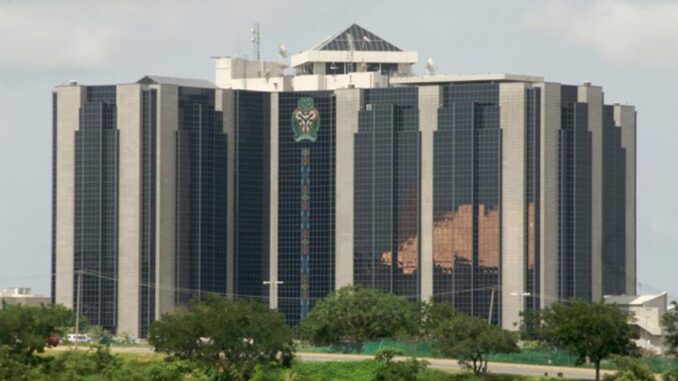
THE decision of the Monetary Policy Committee of the Central Bank of Nigeria to increase the benchmark interest rate by 400 basis points to a record 22.75 per cent, has elicited mixed reactions. Although some welcome the move, many financial experts argue that it will compound the woes of the already impoverished citizens.
The Monetary Policy Rate is the rate the CBN lends to commercial banks. Commercial banks then use this rate as their benchmark rate for their lending. The average benchmark for the major economies in 2022 was 3.50 per cent.
CBN Governor, Olayemi Cardoso, stated at the end of the first MPC meeting under his watch on March 5 in Abuja that the committee voted to adjust the asymmetric corridor around the MPR to +100 to -700 from plus 100 to -300 basis points. It raised the cash reserve ratio from 32.5 per cent to 45 per cent, and the MPR to 22.75 per cent from 18.75 per cent. According to CBN data, this is the highest MPC rate ever and is aimed at mopping up excess naira liquidity.
At the last meeting in July 2023, the MPC, headed by the former acting governor of the Bank, Folashodun Shonubi, increased the rate by 25 basis points to 18.75 per cent. Previous policy rate hikes have slowed inflationary pressure but not to a desirable extent.
It is obvious that the rising inflation cannot be solved solely by raising the key rates as the current cost-of-living crisis is being propelled by structural drivers and not by transient supply and demand issues. The reforms initiated by President Bola Tinubu have not all yielded the desired results, being largely hit-and-miss.Consumers are lamenting the erosion of their spending power as inflation is near a three-decade high of 29.90 per cent.
Essentially, inflation depicts a situation where there is a continuous rise in the prices of goods and services. Inflation is frequently described as a state where “too much money is chasing too few goods.”
Central banks are obsessed with inflation. Thus, they devote significant resources at their disposal to fight it. Hence, the primary objective of the monetary policy is to ensure price stability. The focus on price stability derives from the overwhelming empirical evidence that it is only amid price stability that sustainable growth can be achieved.
At a time when the economy ought to produce more goods, raising the rates will increasingly affect borrowers, especially the non-public, non-financial corporations that may not be able to pass the rising costs to consumers, whose purchasing power has gone south. Those with existing loans will also have to pay more interest than when they obtained the facilities.
Businesses need a lot of credit facilities to operate, but in an environment where the lending rate is astronomical, many enterprises, especially small- and medium-scale, might find it extremely difficult to survive.
Many SMEs have shut down and others are likely to follow the same pattern as those that took loans at a certain percentage will now have to pay more. SMEs rely on diesel-fired generators, but the pump price is so high, ranging between N1,200 and N1,400 per litre.
Ordinarily, by hiking the interest rate, it is expected that borrowing will become more difficult, and consumers will have less money to spend, but the hike may also fail to tame inflation if other macroeconomic indicators go wrong. A hike in interest rate is often considered a manufacturer’s nightmare as it stifles productivity and expansion.
Therefore, development banks should be encouraged to lend at a single digit with stringent tracking. The price of petrol is a major driver of inflation and the continuing rise in food prices suggests that the Nigerian economy may worsen in the months ahead if fuels are not produced locally.
END

Be the first to comment